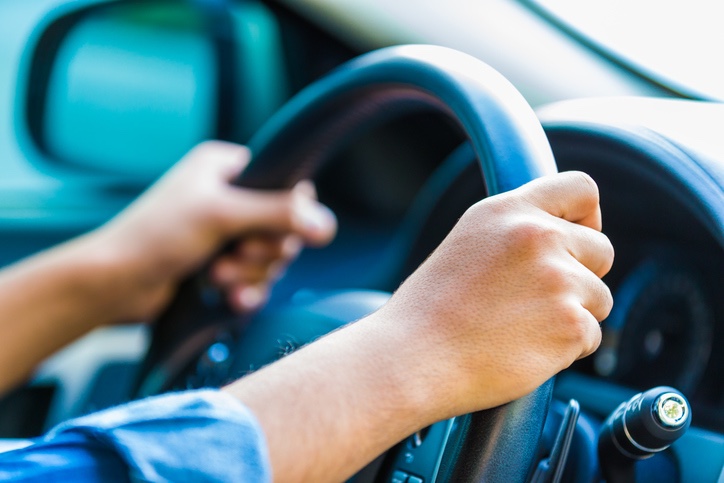
Having a teen is scary enough; having one drive is positively terrifying. As such, it is no surprise that there are as many myths surrounding teen drivers as there are about Bigfoot.
To give you a balanced perspective on your teen driver, and hopefully relieve some stress, let’s take a look at some common teen driver myths.
Myth #1: Most accidents involving teens are due to them taking foolish risks.
While teens certainly are more impulsive than the majority of adults, most car accidents caused by teens are due to their inexperience or distractions in the car. If you want to reduce the chances of your teen getting into an accident, reduce the potential distractions in their car and take them out to practice their driving skills as often as possible.
Myth #2: Special apps and speech-to-text options make texting while driving safe.
Any distraction is a potential disaster for any driver. For a new driver, the risks are even greater. Everything from no-touch texting to drinking soda to listening to the radio can reduce your effectiveness as a driver—and that goes double for your teen.
Myth #3: Good students are safer drivers.
Good students are responsible, but it takes more than responsibility to make a safe driver. Test taking and driving are two entirely different skillsets. Even if your child is on the honor roll, you need to work with them to help them become a safe driver.
Myth #4: Teens have all the practice they need.
In most states, teens are only required to get in about 50 hours of practice before they are eligible for a license. However, research has shown that you need 10,000 hours of experience before you become an expert at something. While the precision of this number can be debated, it’s clear that 50 hours of anything is not enough.
Myth #5: It is safe to task a young driver with transporting siblings.
While most parents understand that having friends in the car increases the risk of an accident, they often think that siblings do not, or even that this additional responsibility will somehow help the teen driver. But no matter who the passenger is, the risk increases, and with siblings who love to irritate their older brother or sister, it can be worse than having friends in the car.
Myth #6: Certain paint colors and expensive cars should be avoided
You may have personal reasons for not wanting your teen to drive a bright red car or one that is expensive. However, these factors do not impact the cost of car insurance. The cost of your insurance policy will come down to how the car performs in crash tests, how many accidents that particular make and model has been in, and how much it costs to repair and replace. While the cost of the vehicle impacts this, a safe but costly vehicle may cost less to insure than a cheaper but more dangerous one. Paint color simply doesn’t matter.
If you are worried about your teen driver, give them the driver’s education they need and properly insure them. To learn more about the latter, speak to an experienced insurance agent.

Leave a Reply